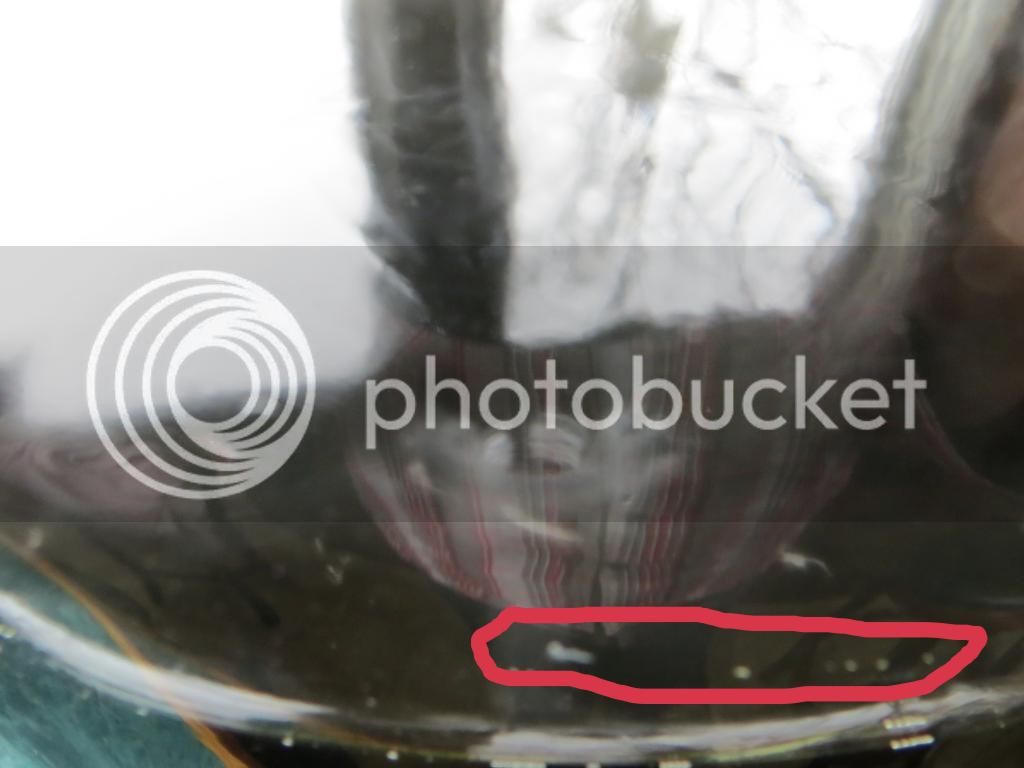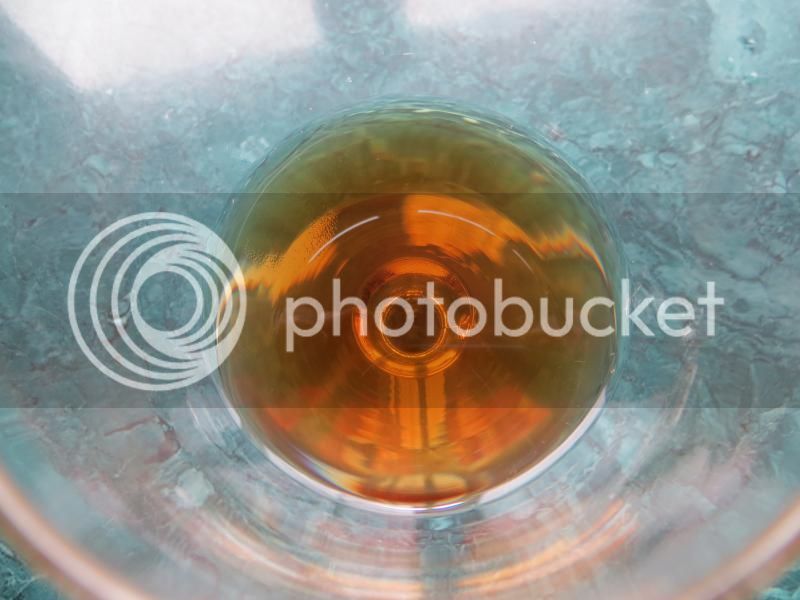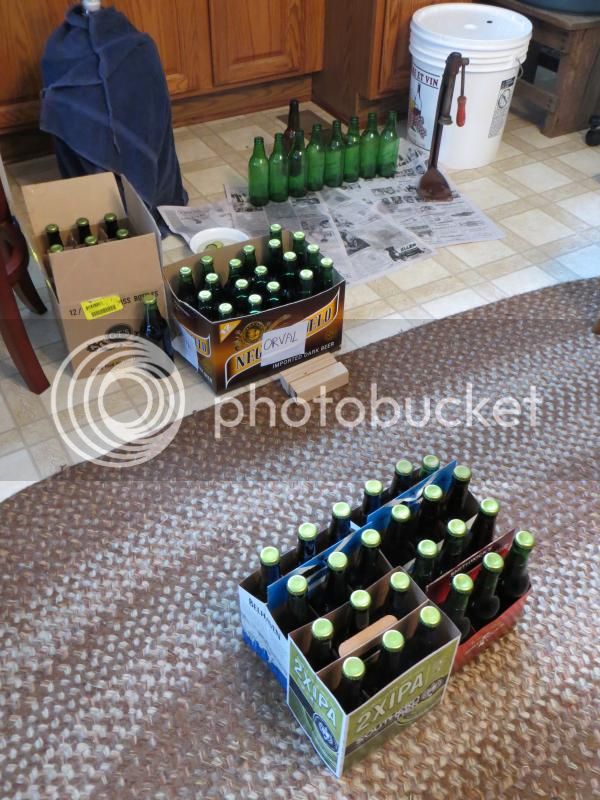jswordy
Senior Member
- Joined
- Jan 12, 2012
- Messages
- 10,089
- Reaction score
- 35,629
We are in the secondary!

A homebrewing friend called me last night, which was very timely since my air lock had stopped bubbling. He said his beers typically finish at 3 days. He also said not to worry too much about headspace with beer but to put the carboy in the warmest room in the house for ale. Racked it over today. Tastes fine to me. All is well at this point.
Thanks for your process, Bernard. That was good reading. Now I'm out to rack over my blueberry wine in the cold shed, once it stops raining.

A homebrewing friend called me last night, which was very timely since my air lock had stopped bubbling. He said his beers typically finish at 3 days. He also said not to worry too much about headspace with beer but to put the carboy in the warmest room in the house for ale. Racked it over today. Tastes fine to me. All is well at this point.
Thanks for your process, Bernard. That was good reading. Now I'm out to rack over my blueberry wine in the cold shed, once it stops raining.








